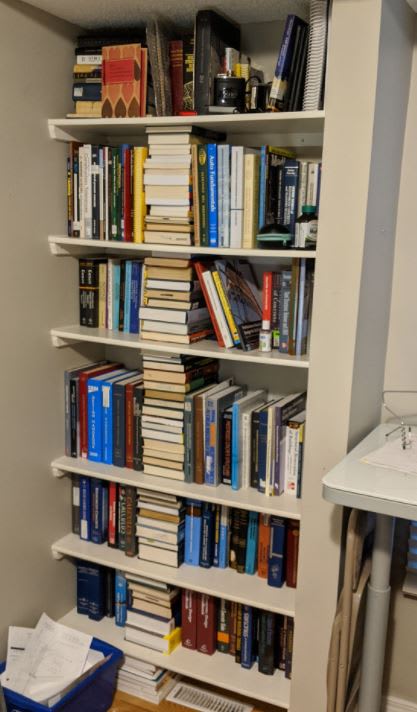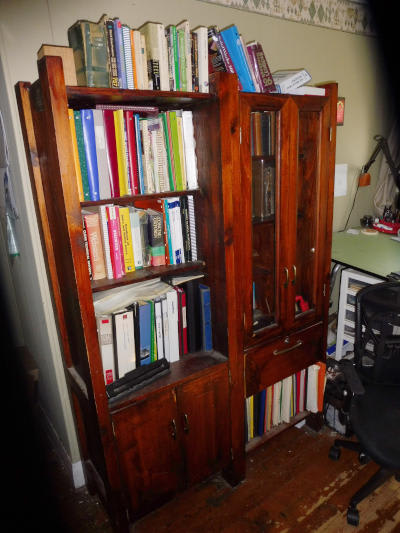Blackstar123
Civil/Environmental
- May 5, 2013
- 253
A steel braced frame for seismic loads is designed such that any inelastic response occurs in the “braces”. These braces are usually arrange in opposing pairs so that when a brace has buckled in compression, the tensile strength of the other brace is enough to support the earthquake loads.
If these bracing members are designed as per AISC-341, for which the limiting slenderness value is 4.7√(E/Fy), then members strength will most probably lie in the inelastic buckling range.
What I understand about the inelastic buckling is that member buckles before it reaches the yielding point, but the material does not remain elastic anymore.
Where the following snippet is taken from, it more or less says that when L/r lies in the inelastic buckling range, compression member will exceed the yield stress before the applied stress reaches the buckling stress.
What I’m confused about is the word “Buckling”, which is required in the design of compression braces. Do we mean that the member will buckle when applied load P > Pn i.e., Inelastic buckling or capacity of the section OR when applied load P > Pcr i.e., Critical buckling load of the section.

If these bracing members are designed as per AISC-341, for which the limiting slenderness value is 4.7√(E/Fy), then members strength will most probably lie in the inelastic buckling range.
What I understand about the inelastic buckling is that member buckles before it reaches the yielding point, but the material does not remain elastic anymore.
Where the following snippet is taken from, it more or less says that when L/r lies in the inelastic buckling range, compression member will exceed the yield stress before the applied stress reaches the buckling stress.
What I’m confused about is the word “Buckling”, which is required in the design of compression braces. Do we mean that the member will buckle when applied load P > Pn i.e., Inelastic buckling or capacity of the section OR when applied load P > Pcr i.e., Critical buckling load of the section.






![[smile] [smile] [smile]](/data/assets/smilies/smile.gif)
